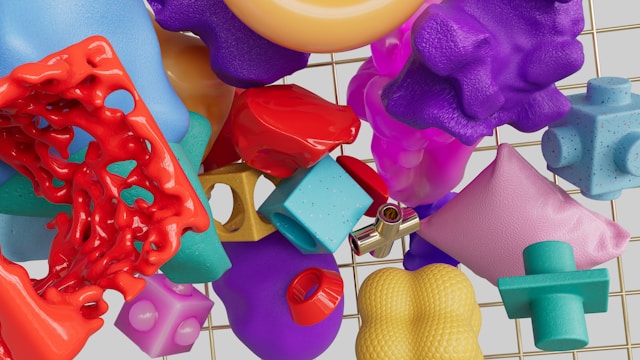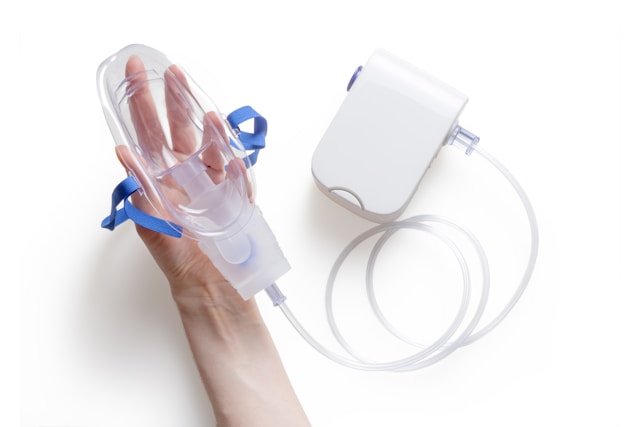Choosing suitable materials is crucial for producing high-quality and reliable medical devices in medical plastic injection molding. The materials used must meet stringent requirements. These requirements ensure the final products’ safety, durability, and functionality. Selecting appropriate materials is fundamental to the success of medical devices.
This article explores the key considerations and common materials used in medical device injection molding. Different materials serve diverse needs within the medical field, each offering unique benefits. Understanding these materials helps manufacturers make informed choices. The right selection impacts the overall effectiveness and reliability of products.
Key Considerations for Material Selection
Biocompatibility
Biocompatibility is a significant concern when selecting materials for medical devices. The material must be compatible with human tissues and bodily fluids without causing adverse reactions. Biocompatible materials prevent complications such as inflammation, infection, or toxicity. Ensuring biocompatibility is essential for implantable devices, surgical instruments, and any equipment that comes into direct contact with the body.
Sterilization Compatibility
Materials used in plastic injection molding must withstand various sterilization methods, including autoclaving, gamma radiation, and chemical sterilization. The ability to endure these processes without degrading ensures that the medical devices remain safe and effective for use. Choosing materials that maintain their properties after repeated sterilization cycles is vital for both single-use and reusable equipment.
Mechanical Properties
The material’s mechanical properties, such as strength, flexibility, and impact resistance, play a notable role in the performance of medical equipment. Different applications require specific mechanical characteristics to function correctly. For example, surgical instruments need high strength and durability, while catheters require flexibility and softness. Selecting the right material with the appropriate mechanical properties ensures the device’s reliability and effectiveness.
Chemical Resistance
Medical devices often interact with various chemicals, including bodily fluids, cleaning agents, and medications. Materials must exhibit chemical resistance to avoid degradation, discoloration, or loss of functionality. This property is especially important for equipment used in harsh environments or regularly exposed to aggressive chemicals.
Common Materials Used in Medical Plastic Injection Molding
Polyethylene (PE)
Polyethylene is widely used in medical applications due to its excellent biocompatibility and chemical resistance. It is commonly used in the production of disposable devices, such as syringes, tubing, and containers. Polyethylene is also flexible and lightweight, making it ideal for equipment that requires ease of use and comfort.

Polypropylene (PP)
Polypropylene is another popular material in medical plastic injection molding. It offers good mechanical features, including high tensile strength and fatigue resistance. Polypropylene is also resistant to many chemicals and can withstand various sterilization methods. It is often used in the production of containers, surgical instruments, and diagnostic equipment.
Polycarbonate (PC)
Polycarbonate is known for its exceptional strength, transparency, and impact resistance. It is commonly used in applications requiring high clarity and durability, such as surgical instruments, oxygenators, and blood reservoirs. Polycarbonate’s ability to withstand gamma radiation sterilization makes it suitable for devices that need to be sterilized without compromising their optical properties.
Polyether Ether Ketone (PEEK)
Polyether Ether Ketone (PEEK) is a high-performance thermoplastic with outstanding mechanical and chemical properties. It is biocompatible and can withstand high temperatures and harsh sterilization processes. Due to its strength and stability, PEEK is often used in implantable devices, such as spinal implants and dental abutments.
Polyvinyl Chloride (PVC)
Polyvinyl Chloride (PVC) is a versatile material commonly used in medical tubing, IV bags, and catheters. It is flexible, durable, and offers good chemical resistance. PVC can be easily sterilized and is available in various grades to meet specific requirements. Its versatility and cost-effectiveness make it a popular choice for many medical applications.
Thermoplastic Elastomers (TPE)
Thermoplastic Elastomers (TPE) combine the properties of elastomers and thermoplastics, offering flexibility, elasticity, and ease of processing. TPE is used in applications that require soft-touch features, such as grips, seals, and flexible tubing. Its biocompatibility and capacity to withstand sterilization make it suitable for various devices.
Advanced Materials for Specialized Applications
Antimicrobial Plastics
Antimicrobial plastics are engineered to inhibit the growth of bacteria and other microorganisms on the surface of medical devices. These materials are used in applications where infection control is critical, such as catheters, wound dressings, and surgical instruments. Incorporating antimicrobial properties into the plastic helps reduce the danger of infections and improves patient safety.
Radiopaque Plastics
Radiopaque plastics contain additives that make them visible under X-ray imaging. These materials are used in devices that need monitoring or positioning accurately within the body, such as catheters and surgical instruments. Radiopaque plastics improve the visibility of the device during imaging procedures, aiding in precise placement and monitoring.
Conclusion
Choosing the right materials for medical device injection molding is a complex but essential process that directly impacts medical devices’ safety, effectiveness, and durability. By understanding and selecting the appropriate materials, manufacturers can ensure the production of high-quality, reliable medical devices that meet the healthcare industry’s stringent standards.













Leave a Reply